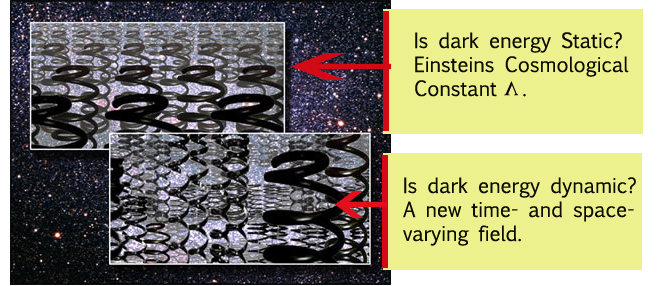 |
||
|
|
 |
|
|
Dark energy, even more mysterious than dark matter, is pushing the universe to expand more and more quickly. Science magazine's Breakthrough of the Year in 1998 by the Supernova Cosmology Project (SCP) and the High-Z SN Search teams leads to more questions than it answers. In particular, is dark energy a constant vacuum energy or something even more exotic that has changed or will change in the future? Measurements and characterizations of its properties are the focus of work of the SCP / High-Z search, and include research on baryon oscillations, weak lensing, and cluster searches such as South Pole Telescope and APEX.
The revolutionary discovery that the expansion of the universe is speeding up, not slowing down from gravity, means that 75 percent of our universe consists of mysterious dark energy. Berkeley Lab physicist Eric Linder delves into the mystery of dark energy as part of the Science in the Theatre lecture series.
For Students: The Universe Adventure/Dark Energy In the most basic sense, Dark Energy is akin to negative gravity. Where gravity is attractive, Dark Energy is repulsive. Dark Energy causes the Universe to expand at an increasing rate. For example, to a viewer on earth, gravity would attract a distant galaxy towards Earth, but Dark Energy would cause the galaxy to move away from the Earth. Similarly, neither force can be directly seen. We detect gravity by observing the effect between two masses. We detect Dark Energy by measuring the expansion of the universe through the comparison of standard candles.
Dark Energy's 10th Anniversary Part I, Announcing the Accelerating Universe Dark Energy's 10th Anniversary Part III, The Aftermath: Confirmation and Exploration Saul Perlmutter announced the Supernova Cosmology Project's evidence for a cosmological constant at the annual meeting of the American Astronomical Society in Washington, D.C., on January 8, 1998. On February 18 of that year, Gerson Goldhaber and Perlmutter discussed the SCP evidence at the UCLA conference on Dark Matter in Los Angeles, where Alexei Fillipenko announced similar results from the High-Z Supernova Search Team. What they had observed was the accelerating expansion of the universe, presumably caused by Einstein's cosmological constant (lambda). Initially a purely mathematical term in the equations of General Relativity — which Einstein later dropped — theorists by the end of the 20th century had come to regard the cosmological constant as a manifestation of the vacuum energy described by quantum mechanics. The proposed SuperNova/Acceleration Probe (SNAP) satellite (pictured) inspired DOE and NASA's Joint Dark Energy Mission. It will find and measure thousands of Type Ia supernovae and will measure the distribution of matter in the universe through weak gravitational lensing. Read more
The Sloan Digital Sky Survey (SDSS) uses a 2.5-meter telescope with a wider field of view than any other large telescope, located on a mountaintop in New Mexico called Apache Point and devoted solely to mapping the universe. We now know that some three-quarters of the universe consists of dark energy, whose very existence was unsuspected when telescope construction began in 1994 and still controversial when the first Sloan survey started in 2000. Read more here.
Dark Forces at Work, April 2008 Ten years ago two teams discovered that the universe will expand forever at an ever faster rate, thanks to an unseen energy. The leader of one of the groups, Saul Perlmutter, expects that new observations will soon illuminate the universe's dark side. Read more by David Appell
Scientific American Q & A with Saul Perlmutter _______________________________________________________________________________________
Cosmic Sound Waves Rule In the microwave background and the distribution of galaxies, relic imprints of primordial sound waves have contributed to an extraordinarily detailed history of the cosmos. And they provide yardsticks for solving a great mystery. By Daniel Eisenstein and Charles Bennet PDF
Strung Out on the Universe: Scientific American interviews Raphael Bousso about dark energy and string theory
SDSS-11: The Baryon Oscillation Spectroscopic Survey (BOSS)
The SDSS 2.5 meter telescope at Apache Point, New Mexico was used to create the new map of the universe.
Beyond Einstein: What happens when gravity is no longer an attractive force?
Discovery (SCP, High-Z 1998): 70% of the universe acts this way!
______________________________________________________________________________
The Nature of Acceleration
How much dark energy is there? energy density ΩΛ
___________________________________________________________________________________
BCCP associates researching dark energy: Saul Perlmutter, Martin White, David Schlegel, Nikhil Padmanabhan, George Smoot, Eric Linder, Joanne Cohn, Adrian Lee, and William Holzapfel.
|
|
|
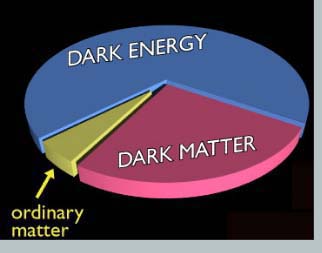
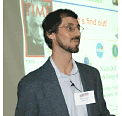
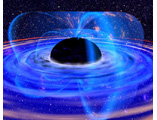

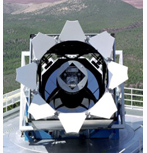 September 15, 2008
September 15, 2008
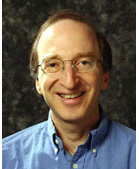
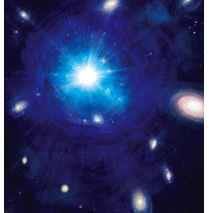

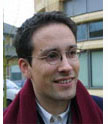
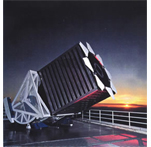 BOSS aims to measure baryon oscillations in the clustering of luminous red galaxies at redshifts <0.7, as well as make a first detection in the
BOSS aims to measure baryon oscillations in the clustering of luminous red galaxies at redshifts <0.7, as well as make a first detection in the 
